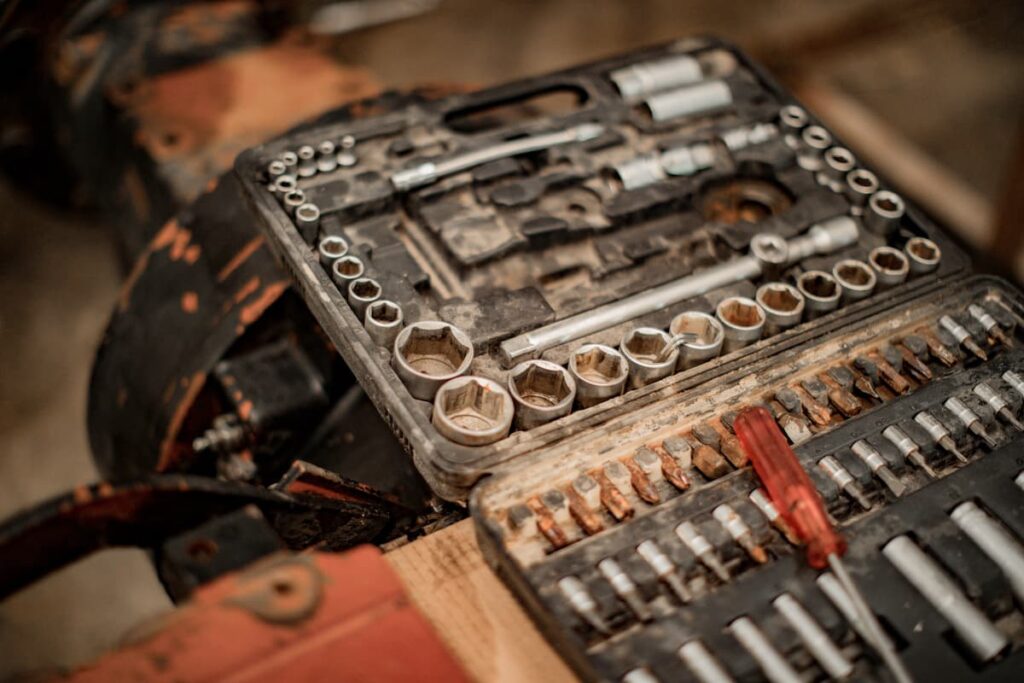You’ve certainly heard of the “heart” of your vehicle: the engine. Since it is primarily responsible for getting the car moving, you need a controller that sends the right impulses and collects the correct information — so that everything works perfectly.
With this article, you will understand what the ECU is and its importance. But we’ll further understand the influence and significance of this component. You’ll also realize what possible faults can happen in the “brain” of your vehicle (the ECU).

What the ECU is and where it’s located
The engine control unit (ECU) commands the electronic injection module, replacing the carburetors in older vehicles. In a nutshell, this is the simplest way to understand its contribution to a vehicle’s regular operation.
But if we move forward to today’s day, we’re talking about a small device that controls a series of mechanical devices. It’s responsible for all the electronic components in a car. And it is, in a way, a computer that collects all the information from the various sensors distributed throughout the vehicle.
Those sensors monitor the environmental conditions, components, and the driver’s behavior.
Now, this ” brain ” analyzes all the collected data, comparing it with the factory pre-set parameters. This is how it adjusts the engine’s operation, regardless of the weather conditions. Above all, the engine control unit works to give your car the best possible efficiency.
If you get into your vehicle, enjoying everything it offers, then give thanks to the ECU. Everything you find inside, such as the sound system, the heated upholstery, the air conditioning, the traction and cruise control, the intelligent lights, the electric windows, the power-folding mirrors… In short, countless functions work thanks to this “brain.”
You get the idea, right?
Read also: Best practices to protect the Engine
Although hidden, this component is always working. The location of the engine control unit varies, primarily because of the model. But usually, this little device is located under the hood, on the passenger side. You find the ECU in the glove compartment in some cases.
It’s for these reasons (and much more) that you have so much to thank the engine control unit, which controls all these conveniences, providing you and your passengers with the most incredible comfort inside the vehicle. In other words, this means that if the ECU fails, it can cause severe problems for your car’s engine, as well as all the electronic features installed.

The top 5 failures that can happen in the engine control unit
A failure in the ECU can cause severe problems in your vehicle’s engine — just like any other electronic device that will not communicate properly with the sensors if damaged.
Since this component is responsible for the car’s (almost) total control, then, if it isn’t in the best condition, the vehicle may not even start. For this reason (and many others), we advise you to do regular inspections.
But don’t stress, you don’t need to think the worst straight away.
To avoid unexpected problems, find below the 5 main failures in the ECU. In some cases, it’s possible to react immediately, but you must look for a reliable mechanic in other situations.
1. External agents
The most common agent is water. Driving through completely flooded roads (especially in weighty rain) is a terrible idea. So avoid doing so. If the vehicle submerges, the water may reach the entire electrical part.
2. Lack of power
The vehicle doesn’t show any signs of working? Not even if you turn the key while someone pushes the car? Then we can conclude that there’s no electric current. Well, if there’s no power, and if you aren’t in the first situation we discussed above, it’s most likely that the battery “died.”
3. Damaged cables and blown fuses
When the vehicle experiences an abrupt increase in fuel consumption, it’s a sign that a short circuit occurred in the electrical cables. Several times, this rupture happens by human action. How? When unsuitable tools are used, for example — often for simple jobs. The cables end up damaged, and the problem begins.
The (almost) immediate consequence happens in the fuses, which are blown. By the way, this is another possible sign of a short circuit. One event leads to the other most of the time, so be aware.
4. Microcracks in the circuit board
Continuous vibrations, or constant temperature changes, can cause cracks in the engine control unit’s circuit board. You must have already noticed that these cracks are so small that you can barely see them. They manifest in the engine cylinders’ unsafe operation and difficulty shifting gears (in an automatic gearbox).
5. Reprogramming errors
If the ECU has been reprogrammed without considering the factory characteristics (defined by the brand), it may fail completely. There are many cases where people decide to increase the vehicle’s power by more than 30% (the maximum percentage recommended by the programmers).
Needless to say, this is highly inadvisable. The action is so dangerous that it easily compromises several vehicle components. Forcibly and deliberately changing the vehicle’s limits causes serious failures (highlighted throughout this article).
Now that you better understand what the engine control unit is, what it is used for, and what failures can occur, it’s time you ask yourself some questions.
Do you understand the importance of this small (big) electronic device in your vehicle? Will you pay more attention to it from now on?
If any of these anomalies happen by chance, you should go to the brand’s facilities. Alternatively, ask a trusted mechanic to assess the vehicle. In case you have to change the engine control unit, ask your mechanic for his opinion — because original, used control units are up to 80% cheaper (and still include a warranty and quality certificate).
Remember to always keep the inspections up to date and do all the preventive maintenance to ensure your car’s optimum health. After all, it’s your primary means of transportation.

